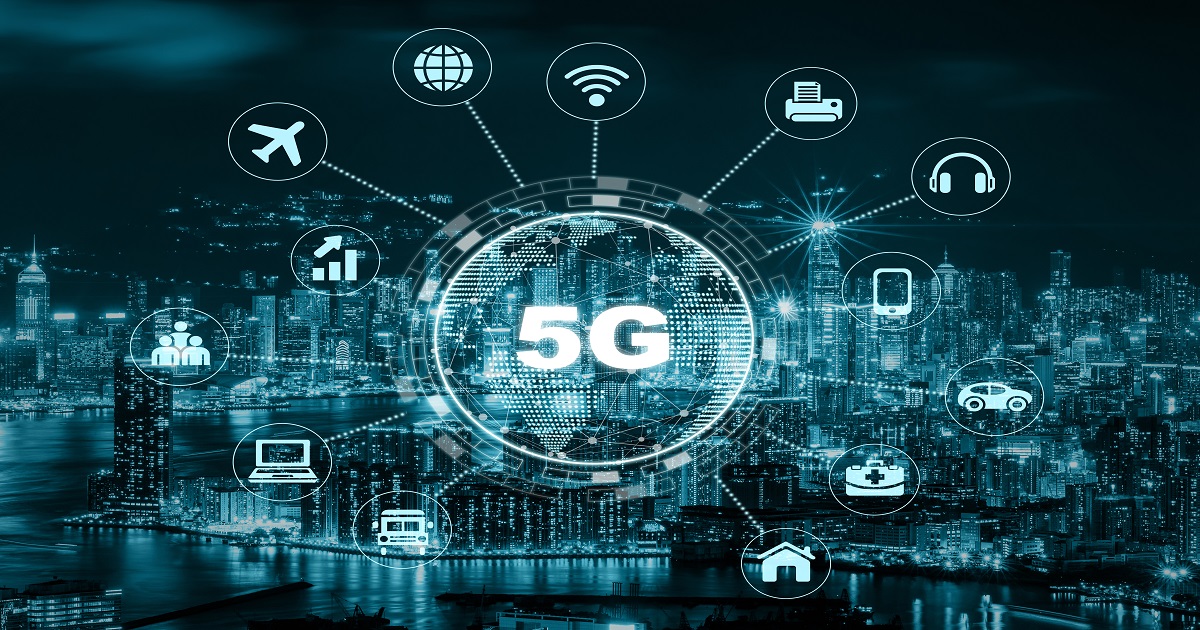
About 50 percent of the Internet of Things (IoT) devices will connect using wireless technology. That leaves 50 percent connecting by wire/cable. Two challenges arise when considering cable based IoT. First it is likely that there will be a large number of IoT devices to connect to LAN switches, so there will be many LAN switch ports required. Secondly, the devices will probably be further away from the network closets (LAN switch location). If you are using standard Ethernet cable (category 5 or higher) the cable is limited to about 330 feet (100 meters) length. There are five possible solutions available to the distance challenge beyond 300 feet.
The IoT Device Characteristics
Most IoT devices are inexpensive (you will deploy a lot of them), require little power and can operate with batteries, have minimal software, and are not very intelligent. They typically communicate using Ethernet and IP. They can connect wired or wirelessly directly to the cloud or data center. Others connect to an edge processor, then to the cloud or data center.
New closet
Adding more network closets closer to the IoT devices will solve the problem. This will require more LAN switches and cabling. There should be no bandwidth or distance issues. More closets may be problematic if there is no available location for the closets. Do you have the space for new closets? This is an expensive and not attractive solution.
Intermediate LAN switch
You do not need a network closet to house a LAN switch. The LAN switch can be located on shelf or in an existing room near the IoT devices. You will need more LAN switches and cabling. This is less expensive than building new network closets. You may have to install a LAN switch every 300+ feet.
Cable extender
You can install a cable extender or mini LAN switch in the coper wire cable run to extend the distance. This allows you to leverage the existing cable. The extender will require its own power, an additional cost. This adds another point of failure. The mini LAN switch or extender may not be remotely manageable and can be more difficult to troubleshoot.
Fiber optic cable
Fiber optic cable can extend the distance for miles. However it will not provide PoE to the IoT device. Copper wire must be run in the fiber cable to provide PoE. The LAN switch needs to support fiber optic cable or be outfitted with adapters. This solves the distance problem but requires new cable installation increasing the cost.
Long Reach PoE (LRPoE)
LRPoE allows existing UTP telephone wiring to be used for network devices operating with standard Ethernet. This solution avoids the high cost of deploying category 5 or higher wire or fiber optic cable. You can also use the existing legacy cables runs which may be saturated with other cables. This avoids installing conduit for the new cables. LRPoE enables Ethernet connections to extend distances in buildings employing the existing legacy CAT 1, 2, or 3 UTP wires.
Many offices, manufacturing, and storage areas in buildings and their footprint outside the building can be 100s of feet away from the network closet. It is very likely that those areas are connected to a UTP network closet that has been wired with telephone grade twisted pair cable. By using the existing telephone cables to connect to the PoE based IoT devices, great savings will be delivered since no new cabling will be required. A second advantage is the implementation schedule for connecting the IoT devices will be considerably shortened, possibly completed over weekend. NVT Phybridge www.nvtprhybridge.com is a leading provider of LRPoE products as well as ADTRAN www.adtran.com and Cisco www.cisco.com.
What to Compare
When you select a solution, you need to compare several factors. The biggest factor is how much disruption will be caused by the solution implementation. The LRPoE solution is the cheapest producing the fewest installation challenges. LRPoE is the fastest solution. It can be completed over a weekend. All the solutions support PoE. Most IoT devices do not consume much bandwidth. All of the solutions can support 10Mbps.
Edited by
Ken Briodagh





